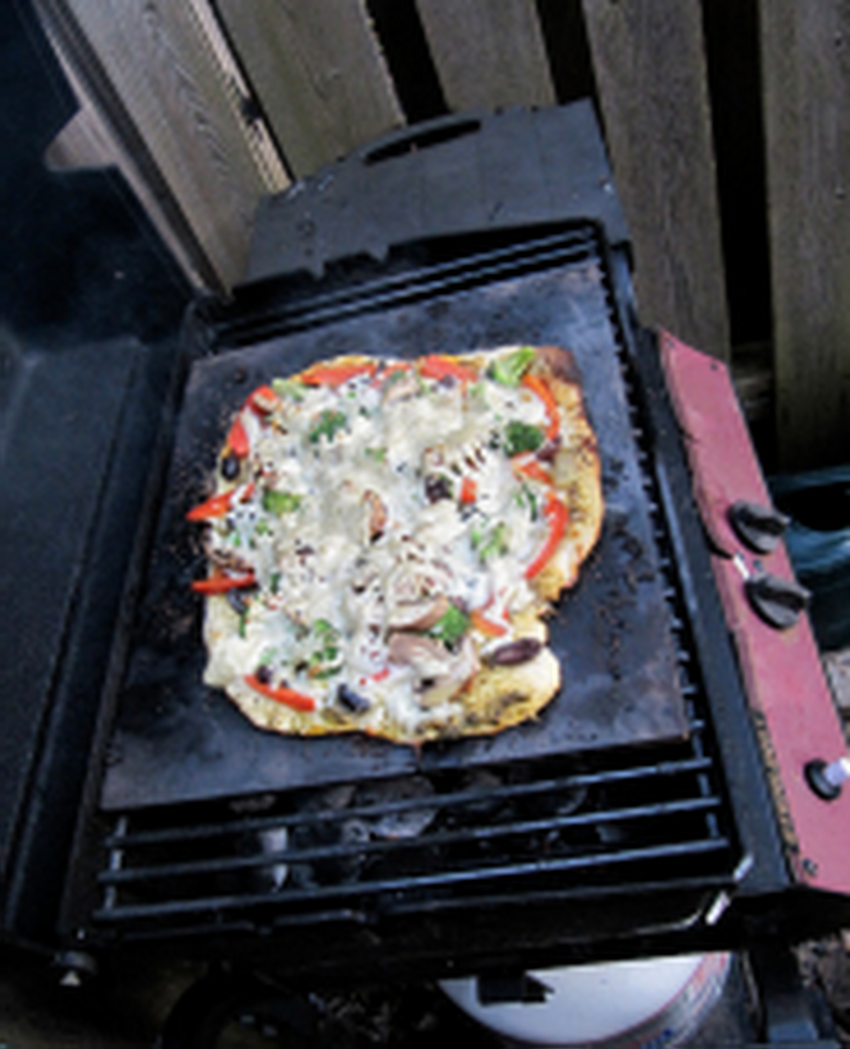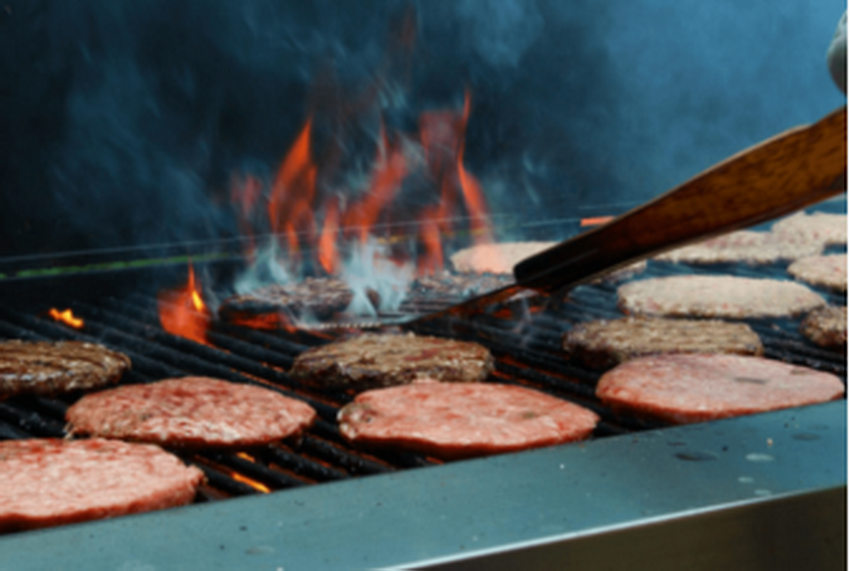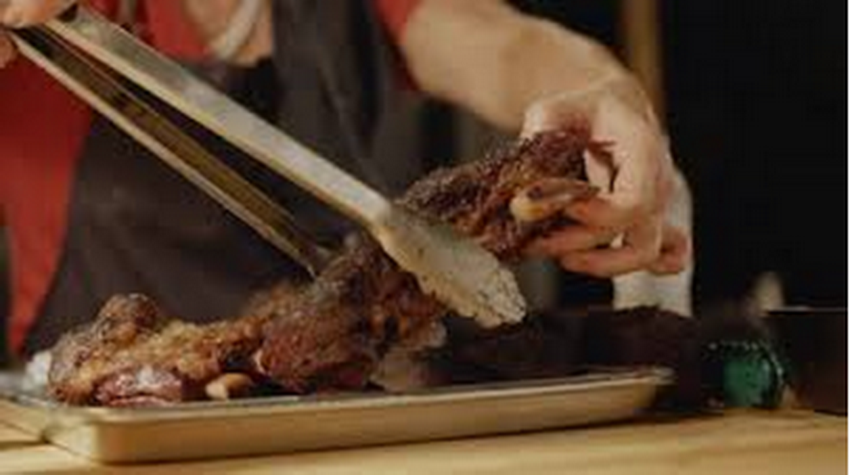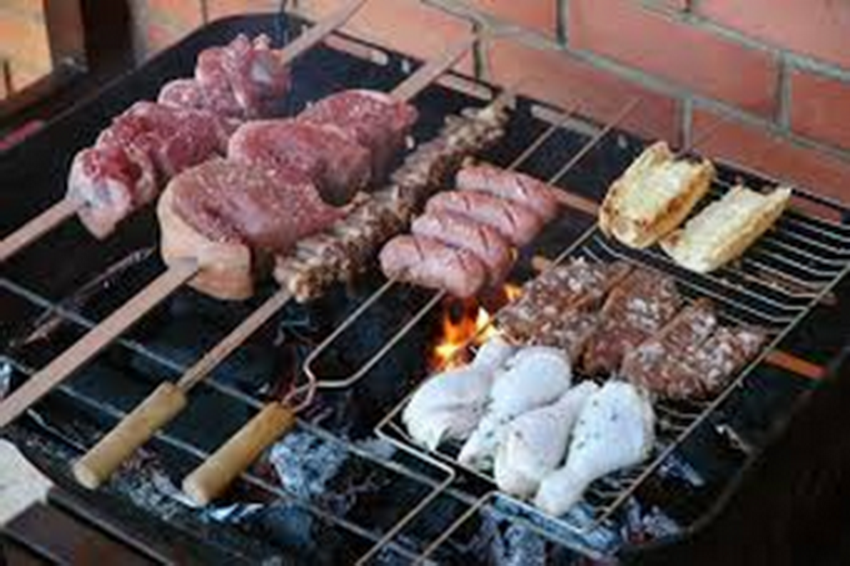![]() Windy.
Windy.
 WeChat
WeChat
 WhatsApp
WhatsApp
Click:640 seen
If any food can make money for this well-known American apple pie, it may be barbecue. Over the years, the cooking tradition of cooking meat with low fire and slow fire (the real definition of barbecue - the impostor of barbecue, please note) has become so common that barbecue itself represents a popular culture, spawning TV programs, historic road trips, and even integrating dishes such as barbecued corn cakes. It is not new that barbecue can reflect what may be hot at that time (from reality show to corn roll fever); In fact, barbecue has a long history of infiltration, which may be the best way to experience the barbecue dispute that plagues the south. From the Atlantic Ocean to the Gulf, bordering Texas and Kansas City in the west, the area If any food can make money for this well-known American apple pie, it may be barbecue. Over the years, the cooking tradition of cooking meat at low fire and low fire has become so common that barbecue itself represents a popular culture, spawning TV programs, historic road trips, and even integrating dishes such as barbecued corn cakes. It is not new that barbecue can reflect what may be hot at that time (from reality show to corn roll fever); In fact, barbecue has a long history of infiltration, which may be the best way to experience the barbecue dispute that plagues the south. From the Atlantic Ocean to the Gulf, bordering Texas and Kansas City in the west, the area known as the "barbecue belt" in the United States has four different barbecue traditions - Carolina, Texas, Memphis and Kansas City.

Where did these traditions come from? How did they develop along such a different path in a relatively small region of the country? The history of American barbecue is as colorful as the change itself, which depicts the path of Caribbean cooking style brought by the Spanish conquistadors and the migration of settlers to the west.It was the first indigenous tribe Christopher Columbus met on the island. He named it Hispaniola. He invented a unique method of cooking meat with indirect fire, using green wood to prevent food (and wood) from burning. It is reported that the Spanish call this new cooking style Barbara: original barbecue. As the Spanish explorers who followed Columbus went north, they brought cooking techniques. In 1540, just near Tupelo, Mississippi today, the Chekso tribe, witnessed by explorer Hernando de Soto, cooked a pork dinner on the Balbachoa River. Eventually, the technology entered the colony and extended northward to Virginia.

Residents of the barbecue belt will argue that beef barbecue in Texas or mutton barbecue in Kentucky do not constitute a real barbecue. To become a real barbecue, purists like Jim Villas, a native of North Carolina (the author of an article, the first of which was published in the Gentleman magazine with the appropriate title of "My Pig Beats Your Cattle"), believed that the meat must be pure pig, because the original barbecuers in the southern colonies relied on cheap, low maintenance pig farming. Unlike cows, cows need a lot of feed and enclosed space. When food supply is insufficient, pigs can be put in the forest to eat. These pigs, which live on their own in the wild, are even thinner when slaughtered, leading southerners to tender meat by using the slow and inferior characteristics of barbecue. They did it with it. In the years before the Civil War, Southerners ate an average of five pounds of pork per pound of cattle. Their dependence on the supply of cheap food eventually became an important point of patriotism. Southerners paid more attention to raising pigs and refused to export meat to northern states. However, by this time, the relationship between roast meat and pork has been forged deeply.

However, the story of southerners' taste for pork cannot explain the differences between their barbecue styles. To this end, we must look beyond the borders of the United States to see the impact of colonial immigrants on the taste and cooking of meat. The original barbecue style is believed to have originated from the most eastern colonies, such as the vinegar based "whole pig" barbecue found in Virginia and North Carolina. The technology of adding sauce to meat cooking came from the British colonists, who combined the idea of adding sauce to meat with the Caribbean barbecue technology. North carolina vinegar based sauce ces is also part of the british appetite for chutney. In South Carolina, where there are a large number of French and German immigrants, a mustard sauce was born again, reflecting the traditional preference of the immigrants. Mustard has already become a fixed food in the cuisines of these two countries: think of the famous Dijon cuisine in France (from tartar wine to ubiquitous bistro salad dressing), or the Germans like to put sweet and hot mustard together with their favorite Ulster cuisine.

From Carolina Barbecue, this trend moves westward and finally enters Texas. German immigrants in Texas had land to farm cattle, and soon Texans applied the technology of Carolina to another animal. In Memphis, the local unique sweet tomato barbecue sauce was born from the city's status as a popular port along the Mississippi River. Memphis residents can easily buy a variety of goods, including molasses, which provides a sweet barbecue flavor for the region. In the barbecue gene of Memphis, the last of the four major American barbecue styles - Kansas City Barbecue - was born. At the beginning of the 20th century, Henry Perry, born in Memphis, settled in Kansas City and opened a barbecue restaurant. In this restaurant, Doug Worgul said in his book "the history of Kansas City Barbecue" that this restaurant is the birthplace of the unique barbecue style of Kansas City. Perry followed the style of Memphis root and used sweet and hot barbecue sauce. However, he did not comply with strict requirements, requiring only pork barbecue, and allowed beef and other meat to be sold. The expert Dotty Griffith called the Kansas City Barbecue the final fusion of East and West (Texas) Barbecues.
But history can only explain the pleasure of meat when exposed to smoke (sometimes sauce). Barbecue lovers who want to taste the unique flavor of the four American barbecue styles are not alone; In fact, the whistle of the barbecue belt has made many people go to the area for pilgrimage. Tourist routes have been suggested to those who want to eat cooked meat slowly. But for those who really want to expand their barbecue knowledge, take a look at the 2013 "Ultimate BBQ Road Trip" guide published recently in Daily meat, which covers more than 5, 120 miles, including 60 of the best barbecue examples over the country.
